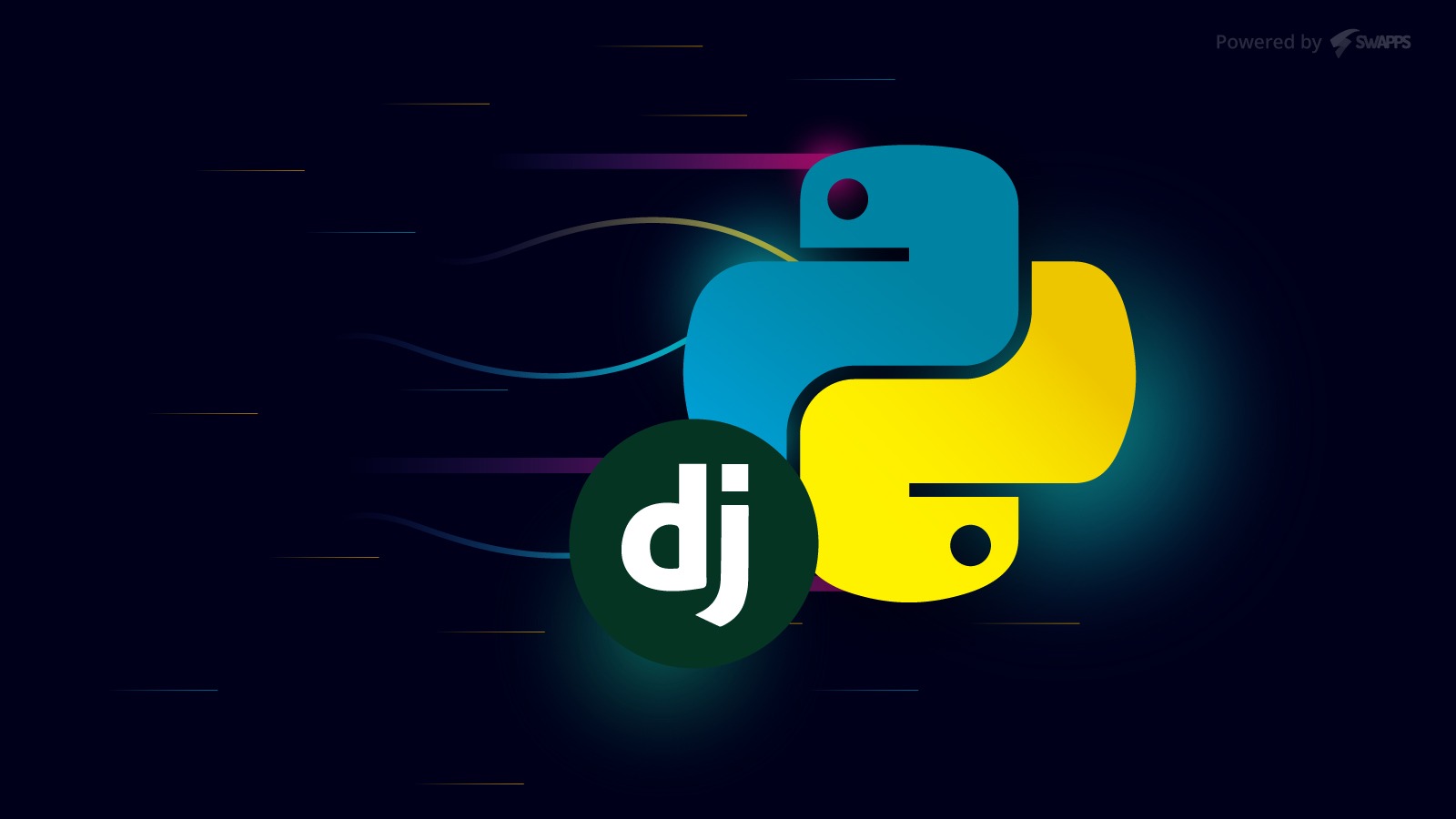Build a Django Discussion Forum: Step-by-Step Tutorial
Learn how to build a complete Django discussion forum with anonymous posting, user interactions, and...
Get instant access to the latest tech news, reviews, and programming tutorials on your device!
🔍 Search Latest International Tech News, Reviews & Programming Tutorials
Learn how to build a complete Django discussion forum with anonymous posting, user interactions, and...
These AI tools offer a range of functionalities to enhance the creative process for vloggers....
NASA astronaut Sunita Williams is returning to Earth with SpaceX’s Crew Dragon, utilizing advanced splashdown...

Learn how Django, the top Python web framework, helps developers build secure, scalable web applications faster. Master testing, authentication, performance, and async Python.
Django is a high-level Python web framework that enables rapid development of secure and maintainable websites. Built by experienced developers, Django takes care of much of the hassle of web development, allowing you to focus on writing your app without reinventing the wheel. Best of all, it's completely free and open source.
If you're searching for the best Python web framework in 2025, Django continues to dominate the landscape. Here's why thousands of developers and companies like Instagram, Pinterest, and Mozilla rely on Django:
Because Django originated in a fast-paced newsroom environment, it's designed to make common web development tasks fast and easy. Here's how Django streamlines building database-driven web applications:
Django follows the Model-View-Template (MVT) pattern:
This separation of concerns keeps your code organized and maintainable as your project grows.
Writing tests for your Django applications ensures reliability and makes future updates safer. Django's testing framework integrates with Python's unittest module and provides:
Django's authentication system handles user accounts, groups, permissions, and cookie-based user sessions. You can:
Make your Django applications lightning fast by:
Take your Django projects to the next level by integrating:
Handle intensive operations without slowing down your application:
Django 4.0+ brings substantial async capabilities:
Ready to build your first Django application? Follow these steps:
Django continues to evolve with modern web development trends:
Start your Django journey today and join the millions of developers building better web applications faster with Python's most loved web framework.
This guide is designed to give you a comprehensive overview of Django. For in-depth tutorials and documentation, visit the official Django website.
Comments & Discussion